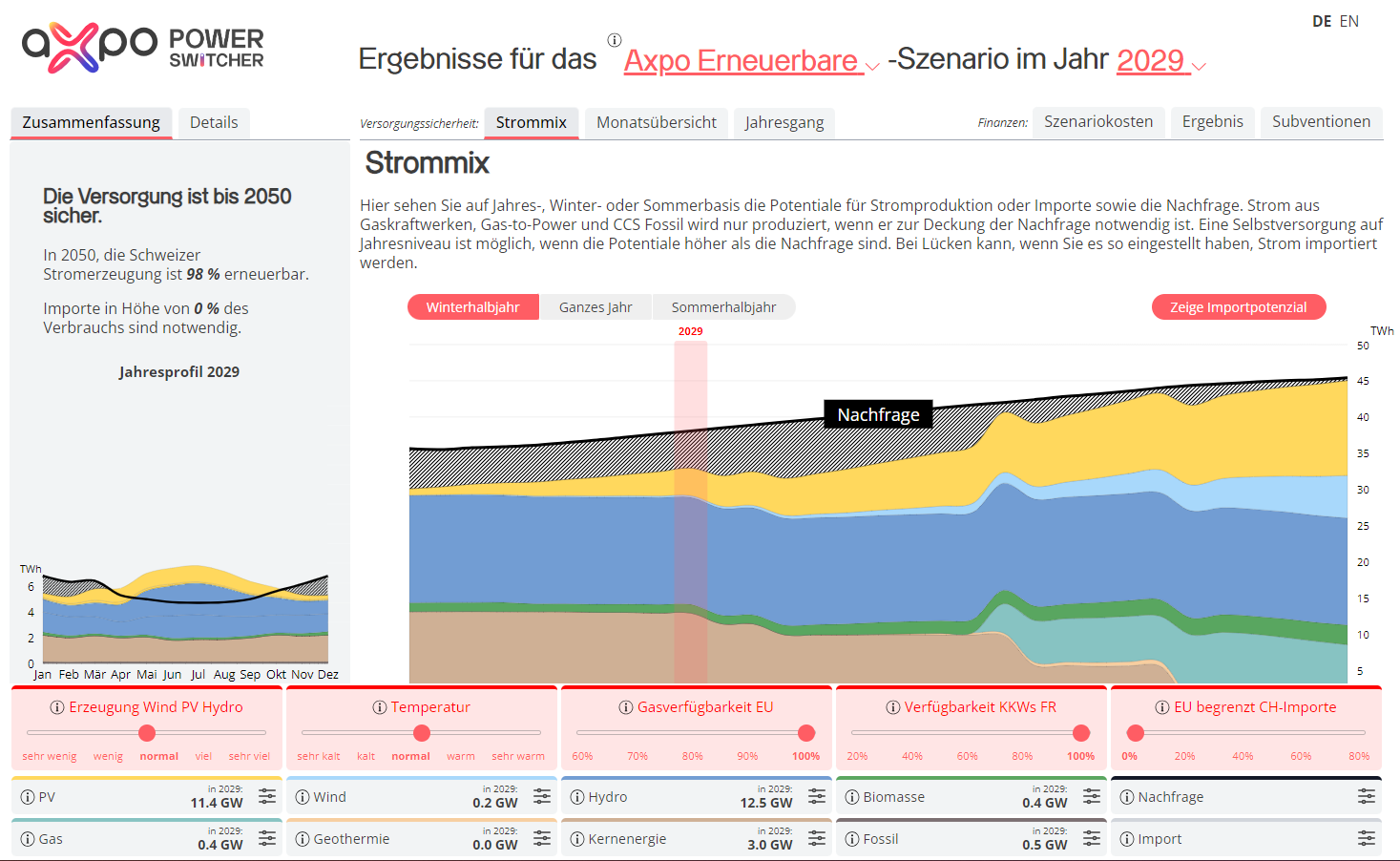02.09.2021 | EnergieSchweiz study on photovoltaics
Solar: Prices dropping in Switzerland
Costs for the construction of solar plants in Switzerland are going down. This is the finding of a study on behalf of EnergieSchweiz. In comparison to the previous year, prices dropped between 5 and 15 per cent – depending on the size of the installation. That's a positive development. However, in order to achieve the planned expansion according to the Energy Strategy 2050, the Federal Council’s proposed subsidy measures – in particular for large-scale plants – must be implemented at a faster pace and include an auctioned, floating market premium based on international standards.
In comparison to the previous year, the expansion of photovoltaics in Switzerland rose by nearly 50 percent to a new record level of 493 megawatts. This value is based on the statistics for solar energy in 2020. Overall, as per the end of 2020, solar panels with an output of nearly 3 GW had been installed and cover 4.7 per cent of Swiss power consumption totalling 56 terawatt-hours (TWh).
However, in order to reach the goals set down in the Energy Strategy 2020, the expansion of solar energy must be accelerated by a factor of 4 or 5.
Less expansive solar plants
The price monitoring study 2020, which was prepared by the consulting company Planair on behalf of Energie-Schweiz, indicates a drop in prices for all solar plants. The study primarily examined so-called rooftop installations. In comparison to the previous year, prices for the largest of plants dropped by about 15 per cent. Plants with an output of 100 kWp cost 10 per cent less, and plants with an output of 30 kWp and below were 5 per cent less expensive. This indicates that costs drop with increasing size.
However, that does not apply to large-scale plants with an output of over 1000 kWp. The study data is only partially conclusive, since "the data in this area is not representative" writes the Swiss Federal Office of Energy (SFOE) on the energeiaplus website (for more details see the study).
New subsidy scheme
The construction of small solar plants with power production for captive use have been subsidised by means of so-called one-off reimbursements. The Federal Council has now adopted new subsidy measures and presented these before the summer holidays. According to the Federal Council Dispatch on secure electricity supply, the construction of smaller PV plants will continue to be subsidised with one-off reimbursements. According to SFOE experts, this is sufficient to achieve the desired solar power expansion from nearly 3 to 14 TWh by 2035. Large solar plants will also be subsidised according to the Federal Council – by means of one-off reimbursements, the prices of which will be determined at auctions.
Axpo welcomes the thrust, but not the pace and measures.
In its proposed bill, the Federal Council foresees investment contributions for all renewable energies. If they are high enough they could bring about the desired expansion. However, since investors have to carry the full price risk for each plant for decades, they are forced to include the corresponding risk premium in their calculations.
Compounding this situation, power prices are influenced significantly by political, scarcely predictable decisions on a European level. Higher risk premiums reduce subsidy efficiency and lead to a high demand for funds. In addition, investment contributions require a high administrative effort in their implementation, for example reviewing applications and inspecting plants.
Better alternatives
Through tendering, only the most efficient plants would be realised and there would be no waiting list. This system is already successfully in use in many countries, for example in France and Germany.
More winter power
Axpo acknowledges that the Federal Council has included the suggestion to support power production in the winter half-year with an additional contribution. However, Axpo is still convinced that an auctioned, floating market premium with nuanced remuneration rates for the summer and winter months would offer higher incentives for investors to optimise winter production and provide more planning security.
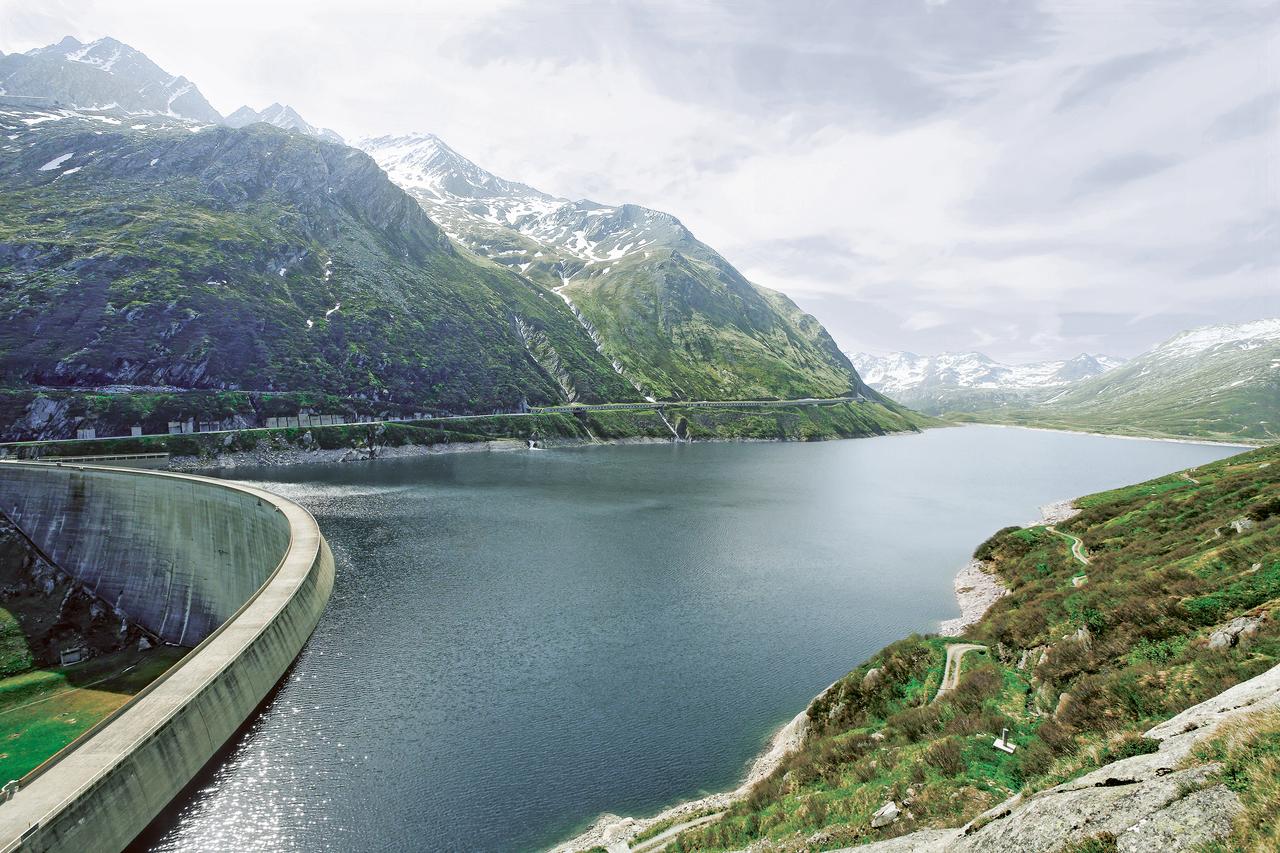
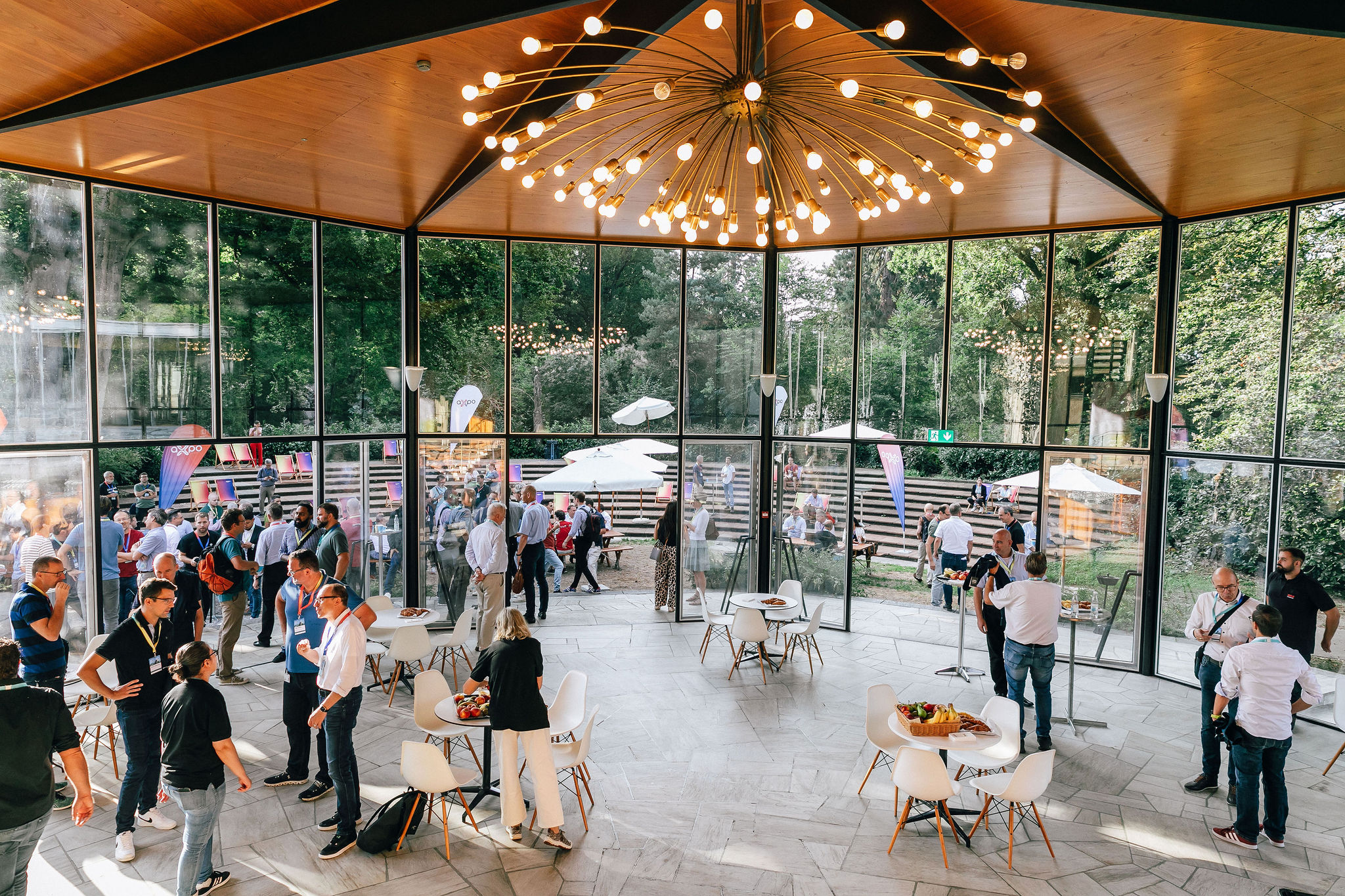
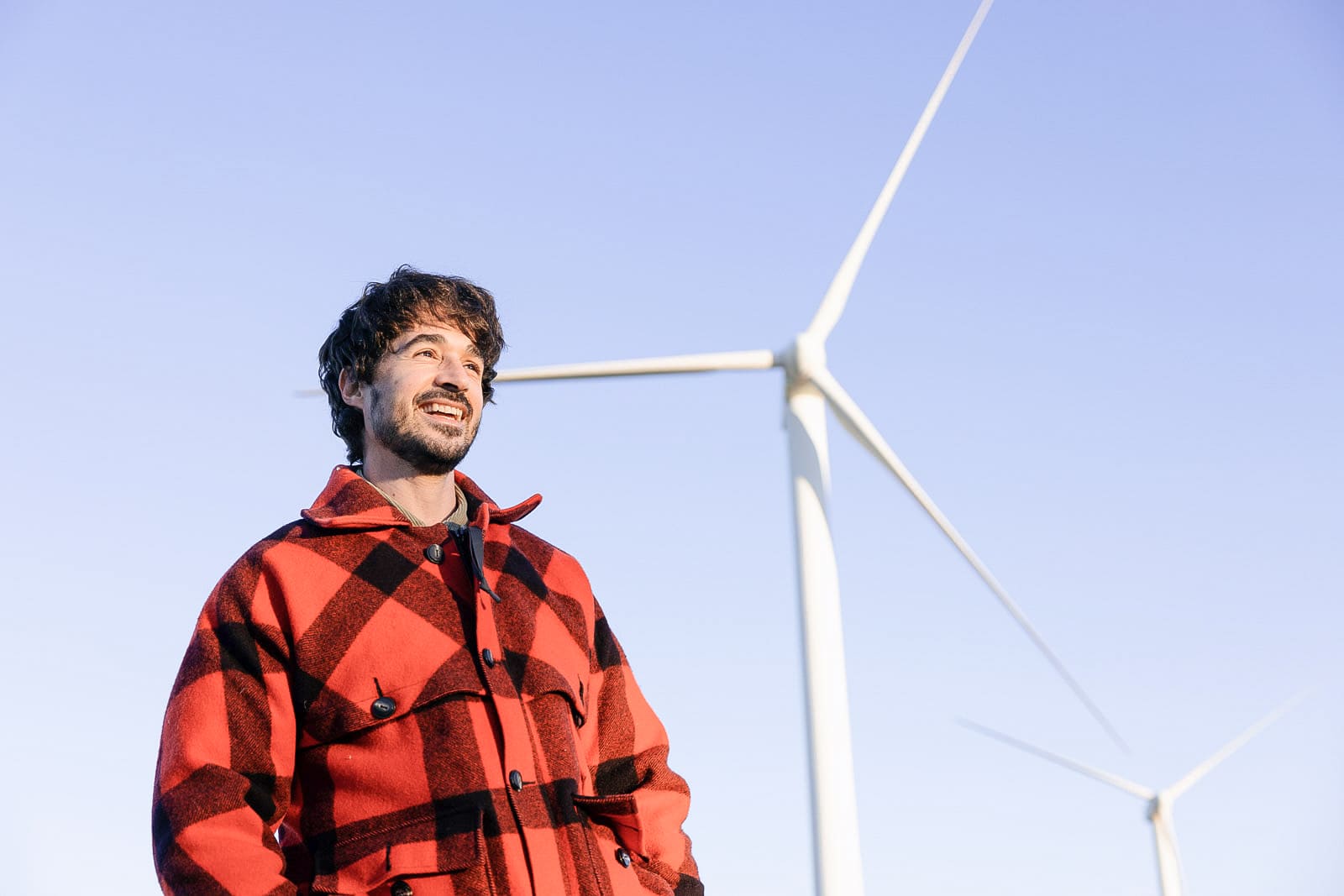
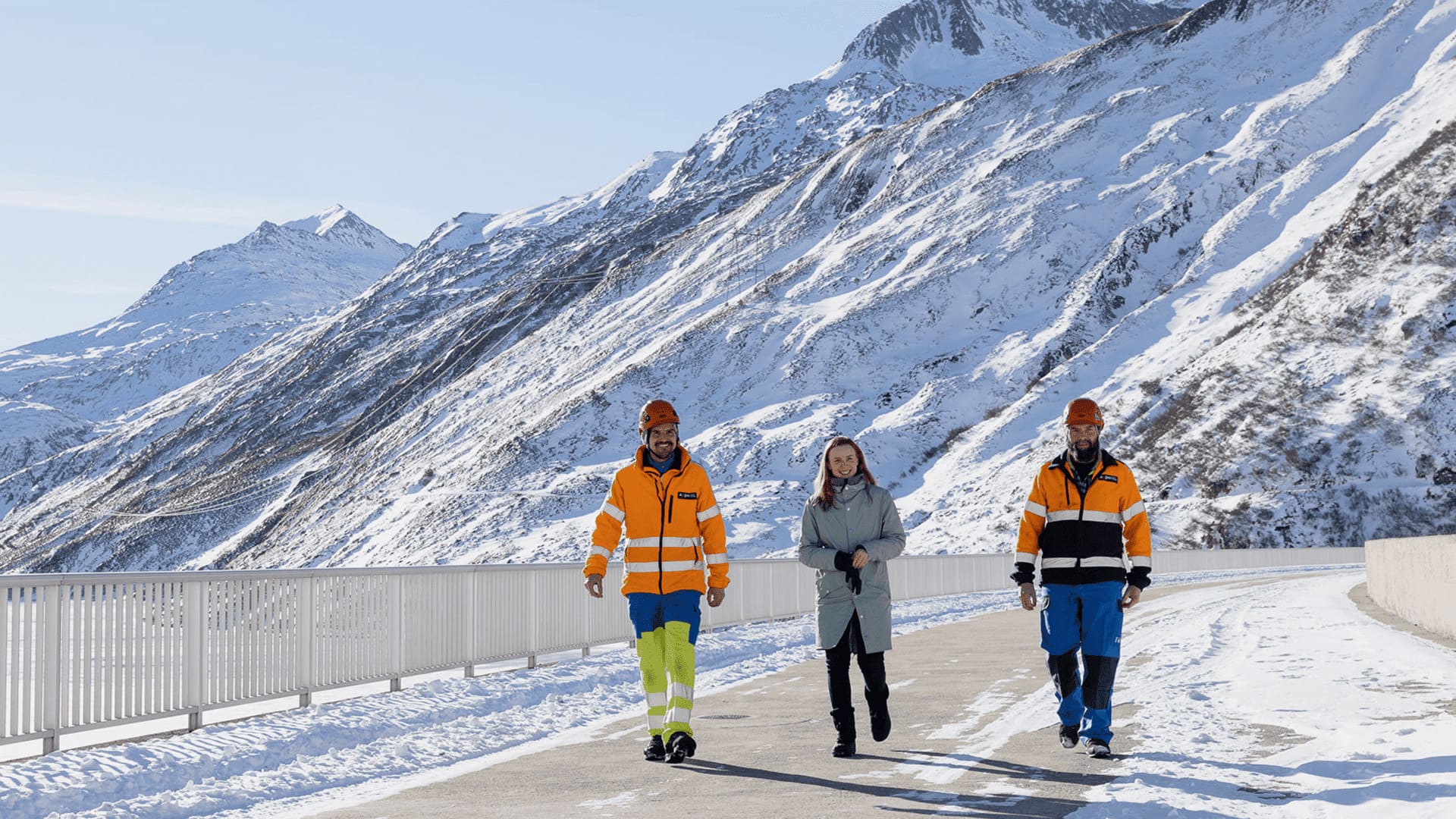
.jpg)

